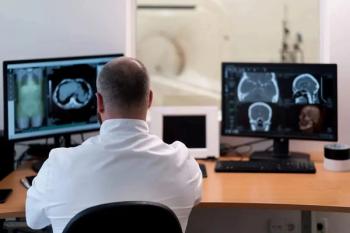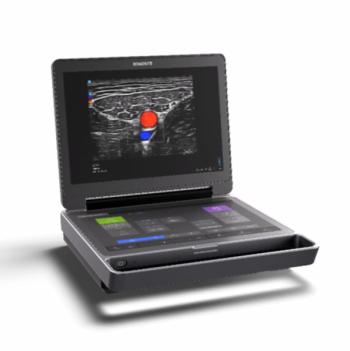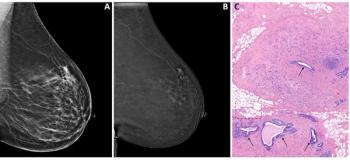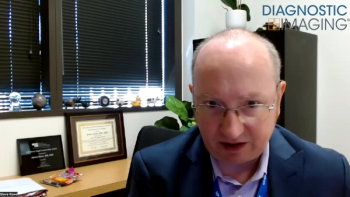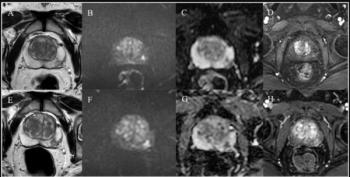
Drops In Medicare Reimbursement Hit Diagnostic Imaging Industry
Almost all studies and modalities have seen significant declines in payment since 2007.
Medicare reimbursement rates for diagnostic imaging have fallen across almost all studies in all imaging modalities since 2007, a recently published study has revealed.
According to a study in the
“The role of radiologists continues to expand further into integrated patient care to help ensure patient safety and improve the quality of care. Diagnostic imaging has become an integral aspect of preventive medicine as screening has become more prevalent among the general population,” said Adam E.M. Eltorai, M.D., Ph.D., a radiology resident from Brigham and Women’s Hospital. “The majority of imaging procedures examined in this investigation from 2007 to 2019 depicted reimbursement decreases, which are exacerbated by increasing demand and supply for diagnostic imaging to aid in the treatment plans of patients.”
To date, the team said, there has not been an assessment of Medicare reimbursement trends over time for diagnostic imaging.
To get an accurate assessment of these reimbursement trends, Eltorai and his colleagues examined 2007-to-2019 reimbursement rate data from the Centers for Medicare & Medicaid Services (CMS) Physician Fee Schedule Look-Up Tool. They gathered details about rates from 183 studies from a mix of imaging modalities, including bone densitometry, CT, CT angiography, mammography, MR angiography (MRA), MRI, nuclear medicine, radiography, and ultrasound. With this information – and adjusting for inflation to the 2019 U.S. dollar and making no distinction between professional and technical components – they determined the average annual change, the compound annual growth rate (CAGR), and the total percentage reimbursement change.
According to their evaluation, the total percentage change and annual change in reimbursement for all imaging modalities fell during the study time period. MRI experienced the greatest mean reimbursement rate decrease, and bone densitometry had the largest drop in total percentage change. Nuclear medicine was the least impacted modality. The team pointed to both the Deficit Reduction Omnibus Reconciliation Act of 2006 that decreased technical component reimbursement in 2007 and the implementation of the previous iteration of the sustainable growth rate as significant culprits for these changes.
2007-2019 Medicare Reimbursement Trends by Imaging Modality
Despite the drop in reimbursement for providers, the team said, these decreases do have an upside for patients who have Medicare Part B coverage and have a co-insurance rate of 20 percent. As reimbursement rates decline, so does their cost-sharing responsibility, making diagnostic imaging studies more affordable and more accessible financially.
Overall, the results of this study, the team said, highlight the need for more in-depth research into the reimbursement trends for diagnostic imaging.
“Further investigation is encouraged to properly model future trends to ensure the sustainability of imaging studies and radiology practices around the country,” Eltorai said.
Newsletter
Stay at the forefront of radiology with the Diagnostic Imaging newsletter, delivering the latest news, clinical insights, and imaging advancements for today’s radiologists.

